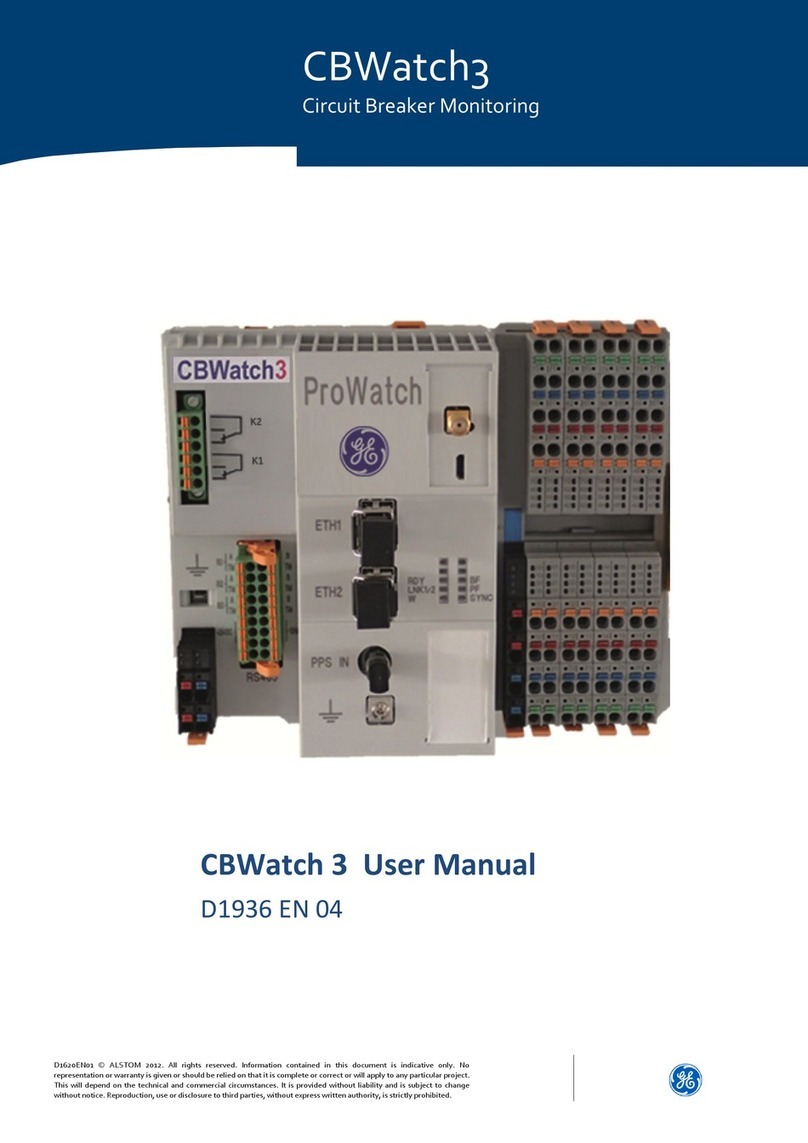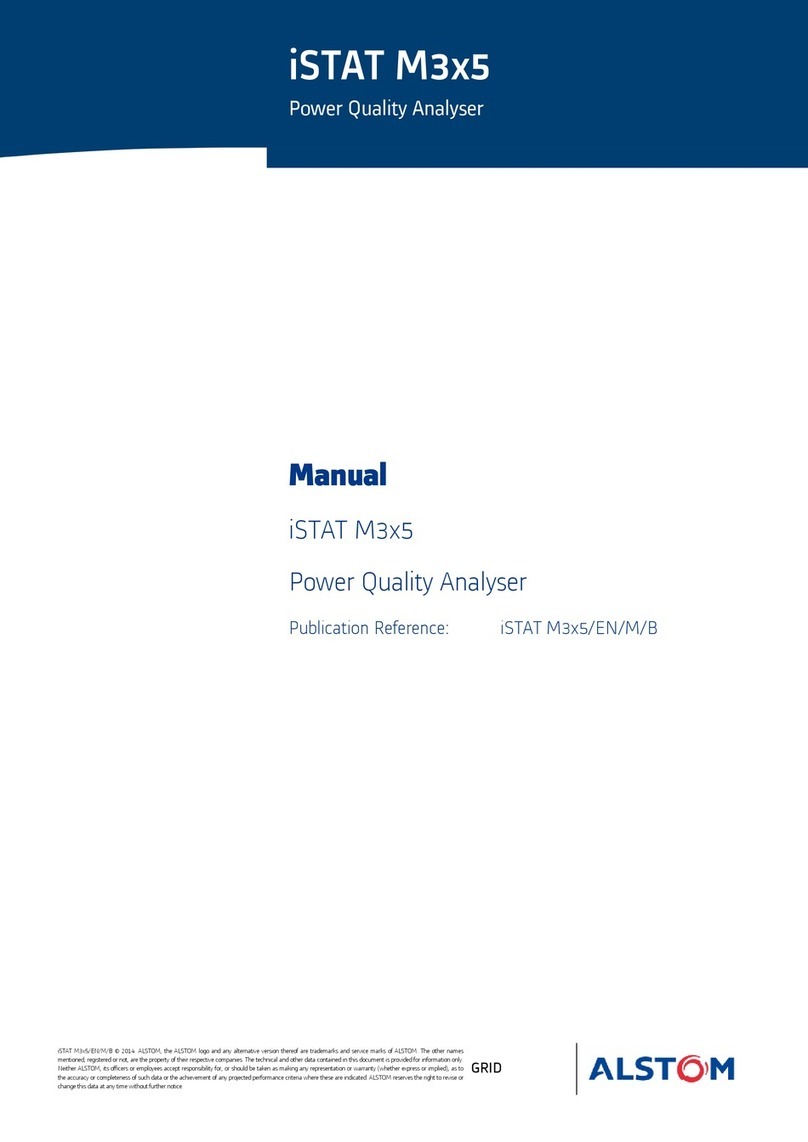
DNP3 Manual
M6xxD/EN M/B
M6xx Page 5
1.0 DNP INTERFACE
1.1 Description
The DNP network is a "MASTER" to "SLAVE" network; that is to say, one node asks a question and a
second node answers. A NODE is a DNP device (RTU, Computer, M65x, M66x, etc.) that is connected to
the network. Each DNP NODE has an ADDRESS in the range of 0 to 65519, and it is this address that
allows a MASTER to selectively request data from any other device. DNP uses the address range 65533-
65536 for broadcast functions. Broadcast requests never generate DNP responses.
The DNP implementation in the M6xx conforms to DNP3 specifications as defined by DNP.org (derived
from the Harris IED (Intelligent Electronics Devices) implementation guidelines). Data obtained by the
DNP READ CLASS 0 command is configurable. Individual items can also be read using READ BINARY
OUTPUT STATUS or READ ANALOGUE INPUT or READ COUNTER or READ ANALOGUE OUTPUT
STATUS or READ BINARY INPUT or READ FROZEN COUNTER commands.
The Energy values can be reset to zero by issuing the DIRECT OPERATE, DIRECT OPERATE NO
ACKNOWLEDGE, or SELECT BEFORE OPERATE by using the CONTROL RELAY OUTPUT BLOCK
object.
The Demand values can be reset by issuing the same DIRECT OPERATE, DIRECT OPERATE NO
ACKNOWLEDGE, or SELECT BEFORE OPERATE command to the other points of this object.
M6xx ANALOGUE OUTPUTS have two read/write values: Tag and Tag1. They can be changed by
issuing DIRECT OPERATE, DIRECT OPERATE NO ACKNOWLEDGE, or SELECT BEFORE
OPERATE by using the ANALOGUE OUTPUT BLOCK object. Due to the limited number of FLASH write
cycles, they SHOULD NOT be written continuously.
Four legacy values are also presented. They are CT Scale Factor Normalized Ratio and Divisor, and VT
Scale Factor Normalized Ratio and Divisor. They are derived from the PT scale and CT scale configured
through the browser interface.
The SELECT BEFORE OPERATE arm timeout value is configurable from zero to 64 seconds.
1.2 DNP Address
The serial port in the M65x can be set up to be RS-232 or RS-485, and support baud rates from 9600 to
115200. Configuring the Serial Ports can be accomplished by using the display buttons or via a standard
web browser while setting the address is done via a web browser only.
Each DNP instrument responds to a single destination address in the range 0-65519. Each instrument on
a DNP link must have a unique address. M6xx meters will allow any of the 65520 addresses to be
selected. DNP instruments also use a BROADCAST address range of 65533-65535. Requests sent to a
BROADCAST address cause the instrument to execute the function but not generate a response.
1.3 Transaction Timing
M6xx meters complete a set of calculations approximately every 100ms. Incoming messages are parsed
every 50ms.
1.4 Object Format
M6xx meters report all static measurements via the use of three static objects. These objects include
COUNTER (object 20, variations 1, 2, 5 and 6), ANALOGUE INPUT (object 30, variations 1, 2, 3 and 4)
and BINARY INPUT (object 2, variations 1 and 2). These objects are read only and cannot be modified
by DNP MASTER devices.
ANALOGUE OUTPUT STATUS (object 40, variation 2) can read CT and VT configuration information and
two tag registers. ANALOGUE OUTPUT BLOCK (object 41, variation 2) can be used to write the
Tag/Tag1 register through DNP. Due to the limited number of FLASH write cycles, Tag/Tag1 SHOULD






























